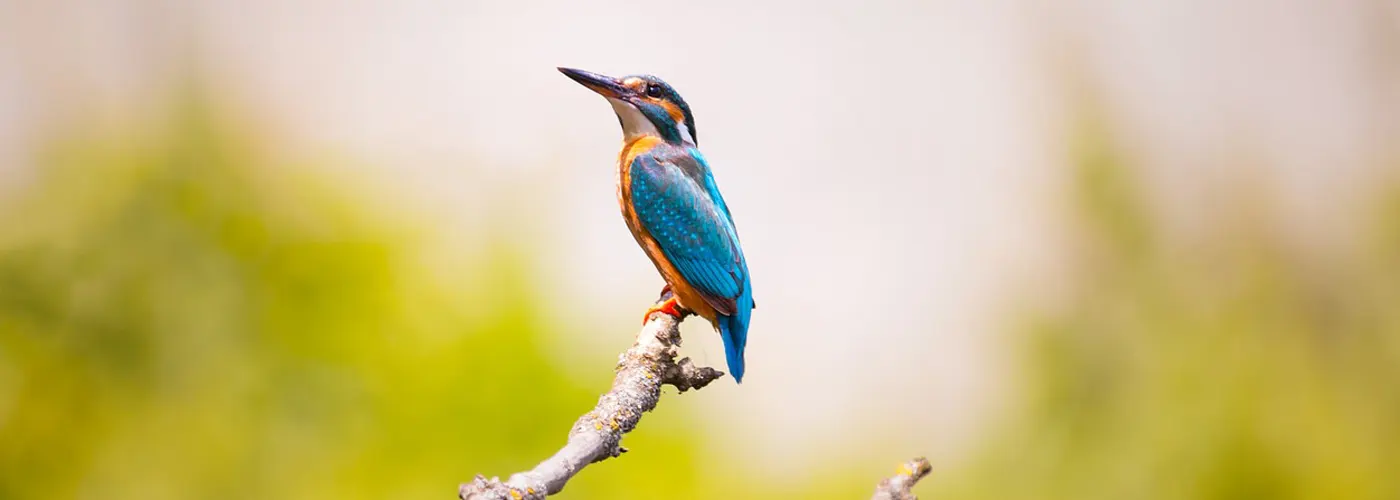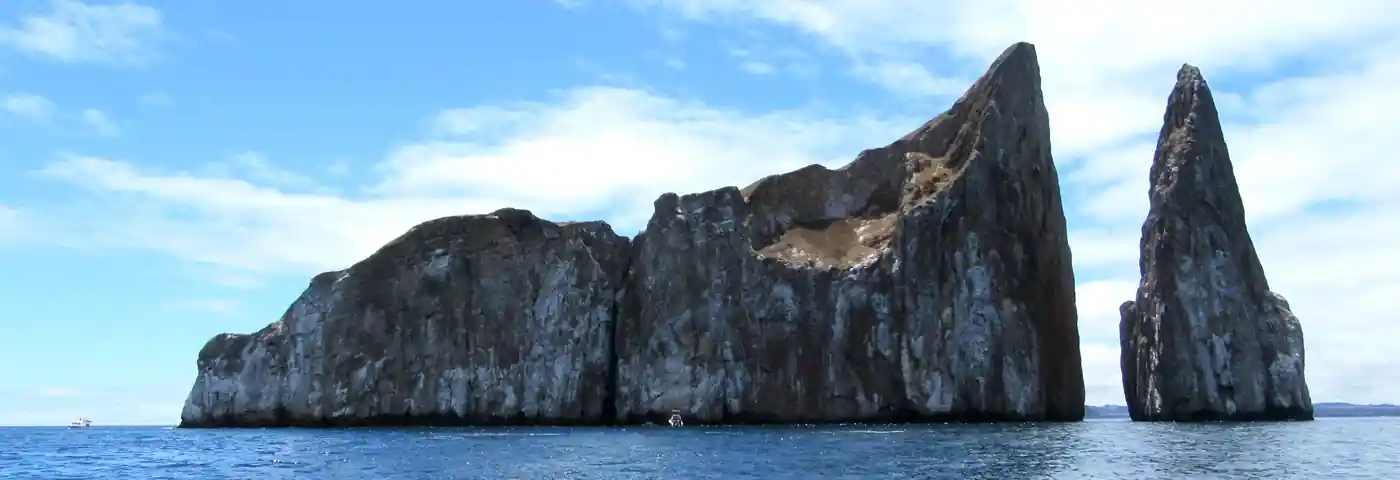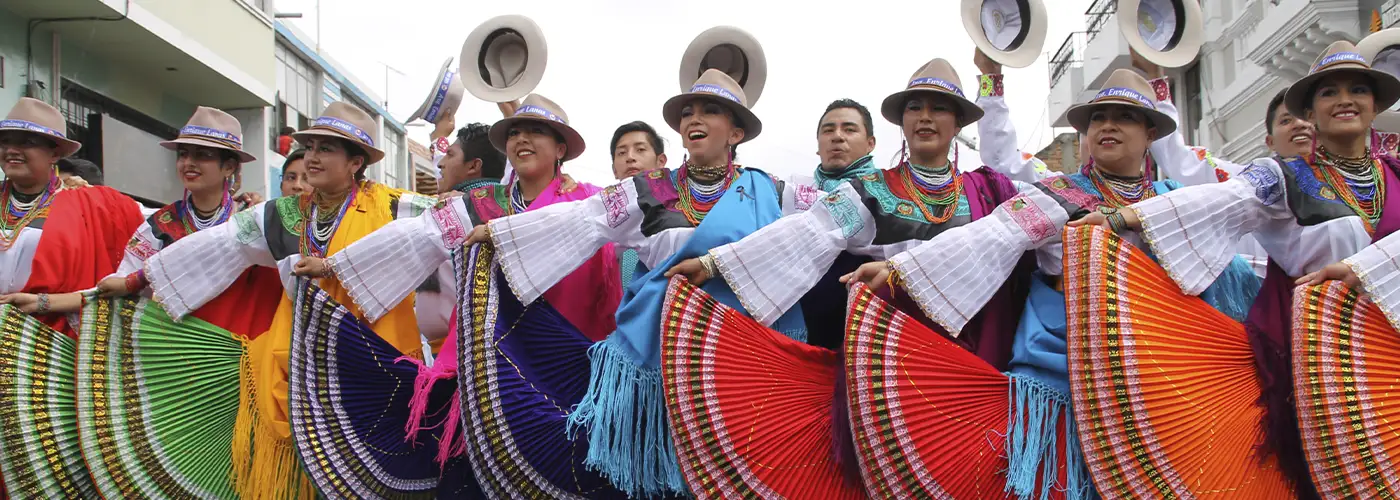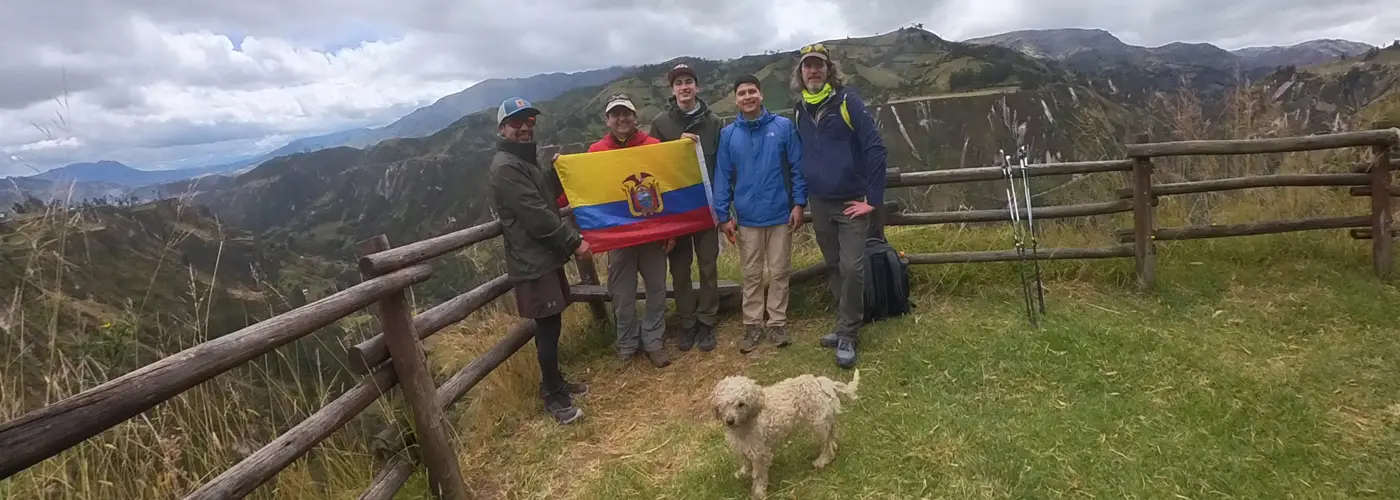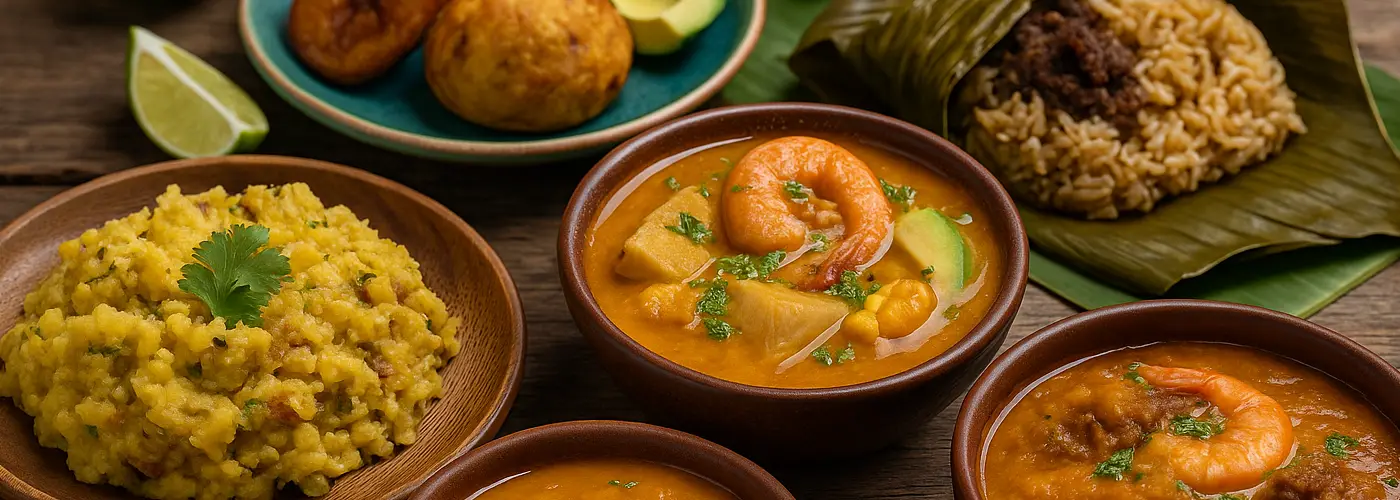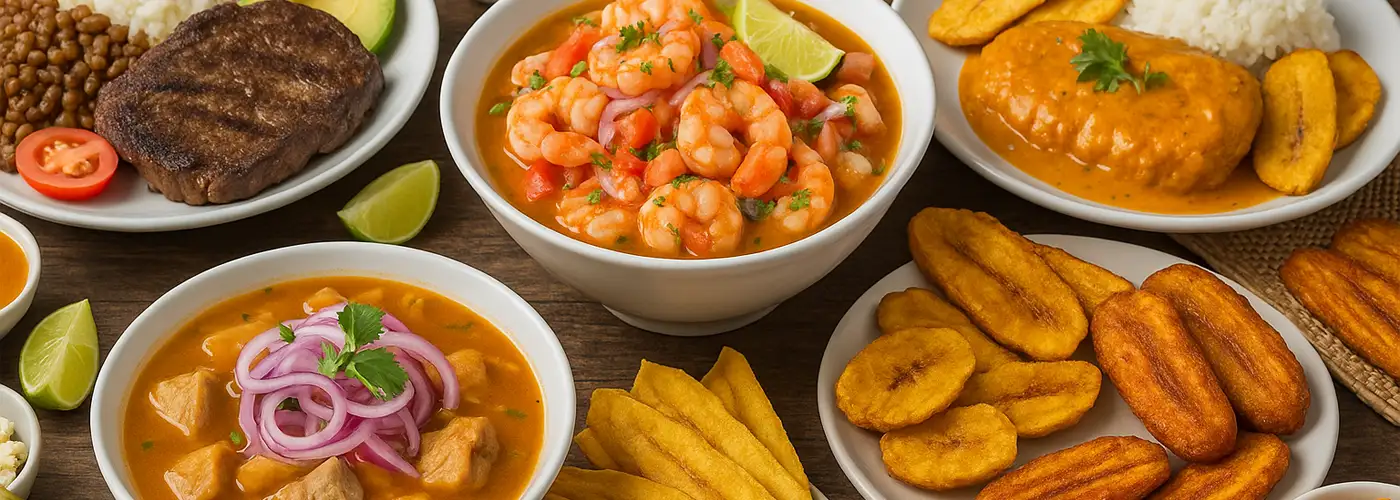
The Meaning of October 9
October 9, 1820, marks a pivotal date in Ecuadorian history, when Guayaquil proclaimed its independence from Spanish colonial rule. This heroic day not only signified the emancipation of the country’s main port city, but also became the catalyst for the independence process that would spread across the entire nation.
The importance of this date transcends mere history, standing as an enduring symbol of freedom and self-determination. Its true value lies in the fact that Guayaquil became the first major city to break free from colonial chains, inspiring others such as Cuenca and Quito to follow the same path toward liberty.
More than two centuries later, the pride of the people of Guayaquil remains unshaken, expressed every year in celebrations that combine patriotic fervor with the cultural identity of the Pearl of the Pacific. This annual commemoration reinforces democratic values and preserves the historical memory of a city that wrote glorious pages in the annals of American independence.
Official Date and Current Observance
October 9 is an official public holiday in Ecuador, established by law as a mandatory day of rest throughout the country. This legal provision highlights the nationwide importance of the event, even though the celebrations are most intensely felt in the port city itself.
Unlike other holidays in Ecuador, if October 9 falls on a weekend, the law does not allow it to be moved to the following Monday. The celebration always takes place on its original date, setting it apart from other commemorative days.
On this day, most public services suspend regular activities, including government offices, schools, and banks. However, essential services such as hospitals, fire departments, and police continue operating to ensure public safety throughout the festivities.
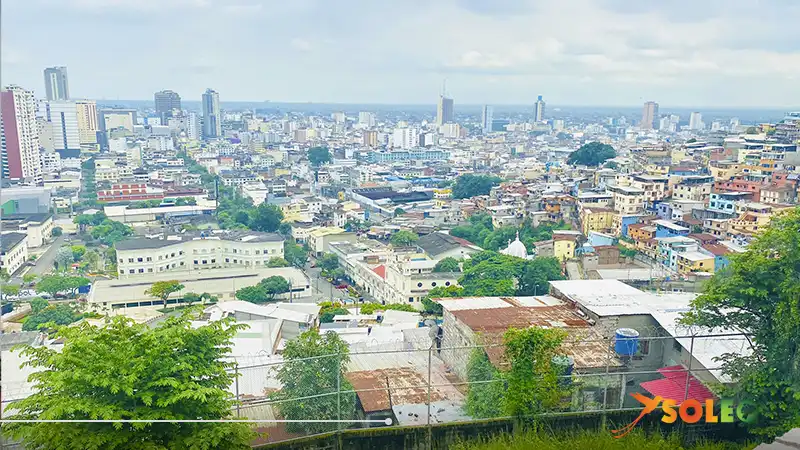
History of October 9, 1820: How Guayaquil Won Its Freedom
In the early hours of October 9, 1820, a meticulously planned uprising led by Guayaquil’s patriots began. José Joaquín de Olmedo, the intellectual leader of the movement, along with civilian and military conspirators, orchestrated the takeover of the artillery barracks located in what is today the Las Peñas neighborhood.
The revolutionary strategy relied on the active participation of Creole officers who had secretly joined the independence cause. Among them were Captain León de Febres Cordero and Lieutenant Urdaneta, who facilitated access to military facilities and the weapons needed to secure the revolt.
The proclamation of independence, however, was not limited to military actions. Merchants, artisans, professionals, and ordinary citizens joined the movement spontaneously, transforming the revolution into a genuine popular uprising.
The impact of these events spread far beyond Guayaquil, triggering a domino effect that inspired similar movements in Cuenca on November 3 of the same year, and later in Quito on May 24, 1822. In this way, Guayaquil became the spark that ignited the independence movement across Ecuador.
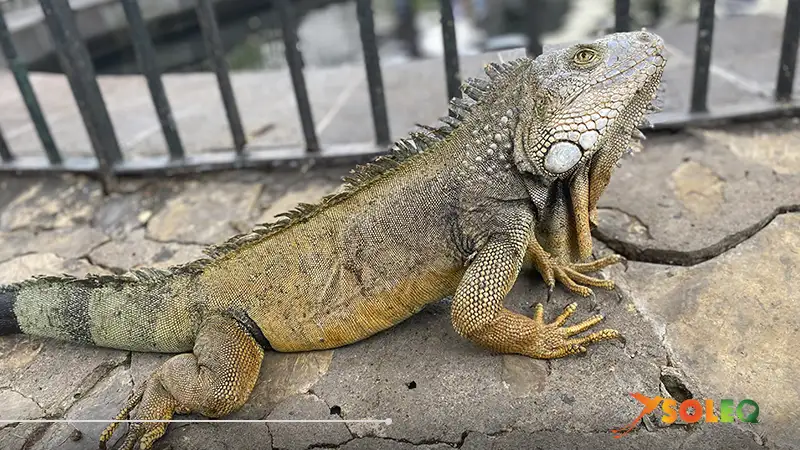
How Guayaquil Celebrates Independence Today
The festivities of October 9 completely transform Guayaquil into a vibrant stage of patriotic and cultural activities. The central event is the civic-military parade, which winds through the city’s main avenues, from the historic center to the Malecón 2000, drawing thousands of spectators.
Centenario Park serves as the epicenter of the official celebrations, hosting protocol ceremonies attended by local and national authorities. At the same time, the City Hall and the Governor’s Office organize cultural events, including folk performances, art exhibitions, and poetry recitals that exalt the patriotic spirit.
Yet the celebration extends far beyond official acts. Shops in the historic center decorate their facades with flags and patriotic motifs, while citizens enthusiastically take part in costume contests and food festivals that highlight Guayaquil’s traditional coastal cuisine.
The evening culminates with fireworks launched from the Malecón 2000, creating a festive atmosphere that lasts until late into the night, firmly establishing October 9 as the most important celebration in Guayaquil’s calendar.
Tips for Visiting Guayaquil on October 9
Those wishing to experience the magic of October 9 in Guayaquil should plan ahead, as this large-scale celebration comes with certain logistical considerations. Public transport is often rerouted to avoid the streets where the main parades take place.
It is recommended to arrive early at the most popular viewing spots, particularly the Malecón 2000 and Centenario Park, as crowds begin gathering in the morning. Comfortable shoes and sun protection are essential, since many activities are held outdoors under the tropical sun.
The culinary experience is another highlight not to be missed. Street vendors offer traditional sweets such as cocadas, caramelized peanuts, and shaved ice treats, while restaurants in the historic center prepare special menus featuring iconic dishes from the coastal region.
For a more immersive experience, guided tours organized by local travel agencies include visits to key historical sites such as the Church of San Francisco, the General Cemetery, and the Municipal Museum, offering valuable context that enriches the celebration.
Comparing October 9 with Other Independence Holidays in Ecuador
Ecuador’s national calendar includes three key dates that commemorate independence milestones in its major cities. August 10 marks the First Cry of Independence in Quito in 1809, while November 3 celebrates Cuenca’s independence in 1820.
Each of these dates reflects the unique identity of its region. Quito emphasizes the intellectual and political aspects of its pioneering movement, while Cuenca highlights the strong role of women and the popular character of its revolution.
Guayaquil’s celebration, in contrast, stands out for its festive and commercial nature, infused with the city’s maritime and cosmopolitan traditions. Music, gastronomy, and artistic expressions add distinctive touches that contrast with the more formal protocol of Quito’s commemorations.
Together, these three dates tell the chronological story of Ecuador’s independence, showing that national freedom was achieved through coordinated regional efforts that converged into one final triumph.
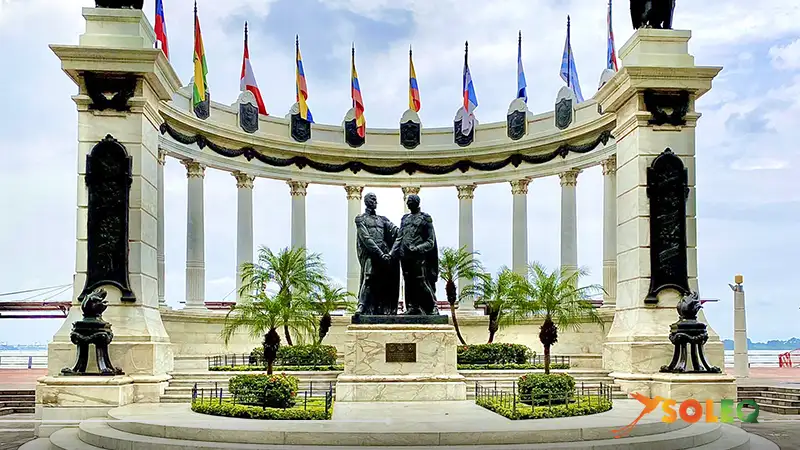
Frequently Asked Questions (FAQ)
Is October 9 a holiday only in Guayaquil?
No, it is a nationwide holiday observed throughout Ecuador, although the most significant celebrations take place in Guayaquil.
What remains open during the holiday?
Most shops, malls, and tourist attractions remain closed, except for restaurants, on-call pharmacies, and nightlife establishments.
Where can the main parades be seen?
The best spots are along the official parade route, particularly the Malecón 2000 and Avenida 9 de Octubre, which offer excellent visibility.
Are there free cultural activities?
- Yes, many cultural institutions organize free events such as concerts, plays, and exhibitions open to the public all day.
What should visitors wear?
Light, comfortable clothing is recommended due to Guayaquil’s tropical climate, preferably in light colors. Many attendees also wear patriotic outfits or accessories in Ecuador’s national colors.
Live the Experience of October 9 in Guayaquil
The commemoration of October 9 is a unique opportunity to immerse yourself in Ecuador’s rich history while enjoying the festive atmosphere that defines Guayaquil. Strolling through the historic center during this time allows you to truly grasp the significance of the events that changed the nation’s destiny.
We invite you to live this authentic experience—savoring traditional dishes in the restaurants of the Las Peñas neighborhood, joining cultural tours that connect the city’s historic landmarks, and witnessing the patriotic passion that fills the streets of Guayaquil every October 9.
This celebration goes beyond a simple commemoration; it is a window into the soul of a city that forged its identity through the struggle for freedom and now welcomes you to share its most cherished historical legacy.

